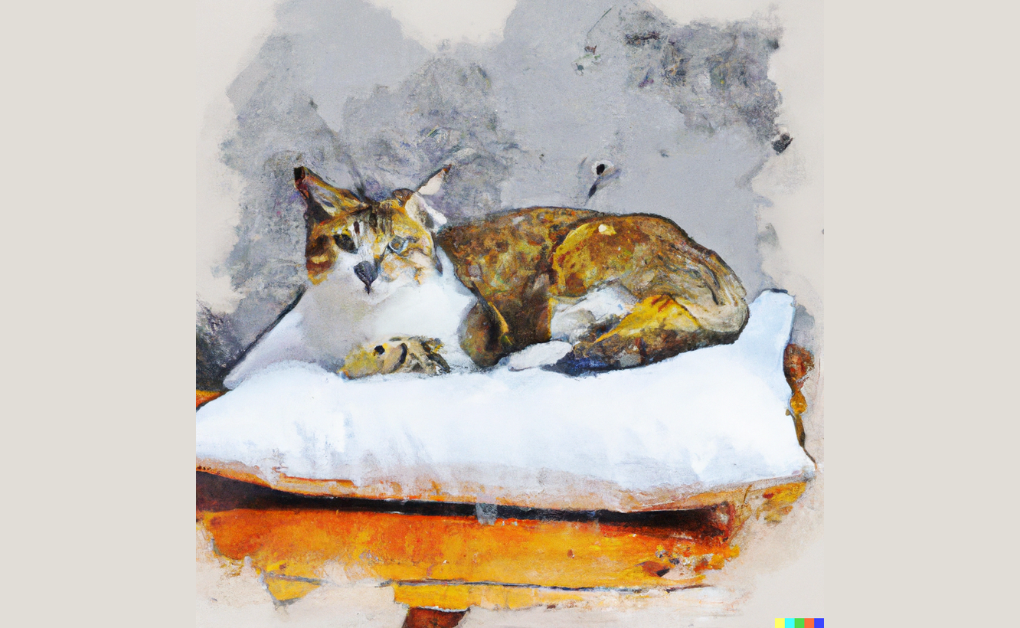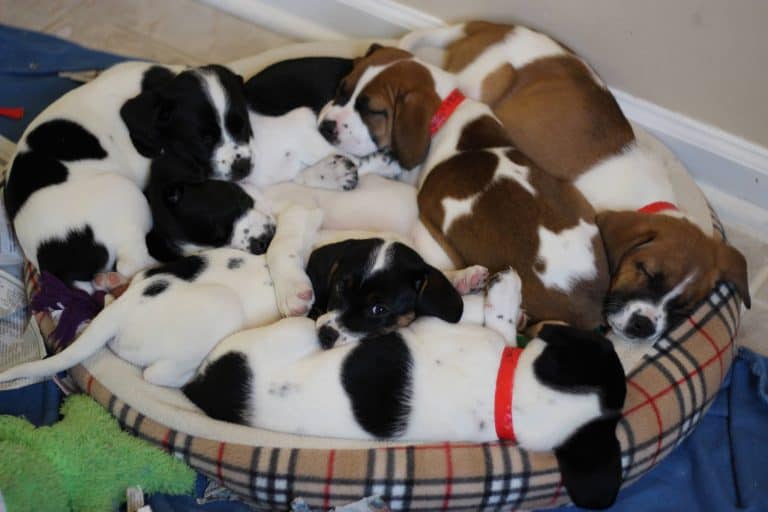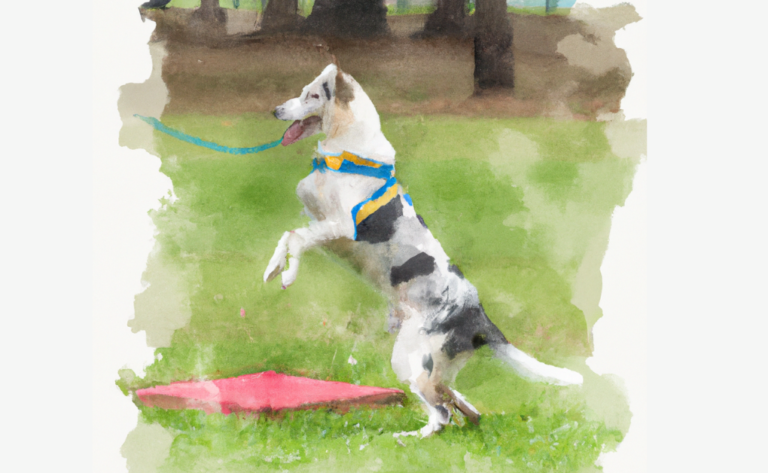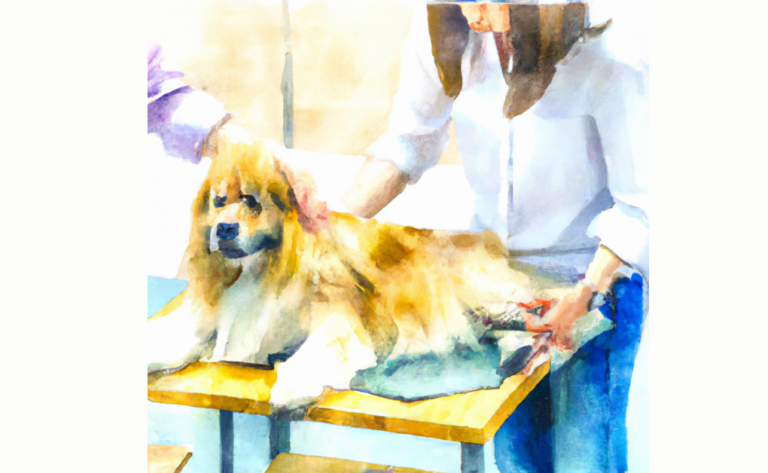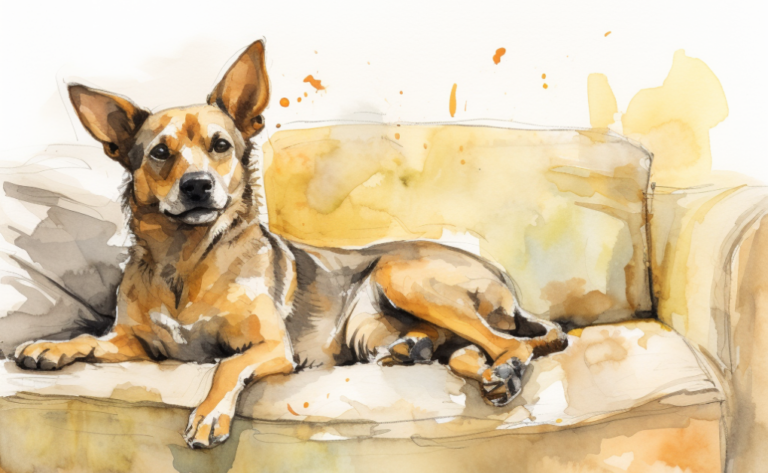Feline Bile Duct Cyst Generally Benign, Prognosis Great
Introduction
When Jane’s beloved cat, Whiskers, started showing signs of discomfort, she knew it was time to consult with her trusted veterinarian. After a series of tests, it was revealed that Whiskers had a bile duct cyst, a condition she had never even heard of before. Fearing the worst, Jane dove headfirst into research about feline bile duct cysts to better understand her cat’s situation.
Are you worried that something is off with your cat? You may have heard about biliary cysts, but do you know what these are and how to care for a cat suffering from them?
Feline bile duct cysts (also called Biliary Cysts) are abnormal growths, benign hepatic tumors that can form in the bile ducts of cats. They are common in cats and are fluid-filled sacs that can form in the liver or gall bladder.
In some cases, these pockets of fluid can cause discomfort or even block the flow of other fluids and tissues. Biliary cysts can be a source of distress for pet owners, but the good news is that they are usually harmless and less likely to spread elsewhere in the body.
What Causes Feline Bile Duct Cysts?
Biliary cysts are most commonly found in the liver but can also occur in other parts of the digestive system, such as the gallbladder or pancreas. The exact cause of bile duct cysts is unknown. Still, they are believed to be caused by a combination of genetic and environmental factors, such as poor nutrition or parasites, that can increase the risk of developing a bile duct cyst in cats.
In some cases, the cysts may be caused by an infection or inflammation in the bile ducts of dogs and cats. Other possible causes include trauma, tumors, and certain medications. In addition, specific medical procedures like ultrasounds or biopsies may also put cats at an increased risk for developing these cysts.
What are the Symptoms of Biliary Cysts in Cats?
It is estimated that up to 10% of cats develop some bile duct obstruction in urethral during their lifetime. Feline biliary cysts are usually asymptomatic, meaning cats may not show any signs of being sick or ill. However, if a cat’s biliary cyst becomes big enough, it can cause some visible signs and symptoms. Cats with larger biliary cysts may display persistent vomiting, abdominal discomfort or bloating, lack of appetite, weight loss, and dehydration.
If the cyst obstructs the flow of bile to the intestines, then yellowing of the eyes and skin (jaundice) can occur due to elevated bilirubin levels in the blood. In rare cases, the cyst can rupture or become infected, which could lead to even more severe medical complications that require immediate treatment.

Should I be Worried About Biliary Cysts in My Cat?
The short answer is no: biliary cysts generally have an excellent prognosis and are usually benign. While some risks are associated with these cysts, they are uncommon to lead to serious health problems or cause long-term damage.
Could you provide treatment as soon as possible to prevent it from advancing biliary cirrhosis? If you notice anything concerning, such as the cyst growing in size or your cat showing signs of distress or discomfort in their abdomen, you should consider getting them checked out by a vet immediately. It’s also important to watch your cat for flu-like symptoms, like fever, lethargy, and vomiting, that could indicate an infection related to the cyst.
Ultimately though, as long as it’s monitored closely and cared for properly, you won’t need to worry about your feline friend too much.
Diagnosis and Treatment for Bile Duct Cysts in Cats
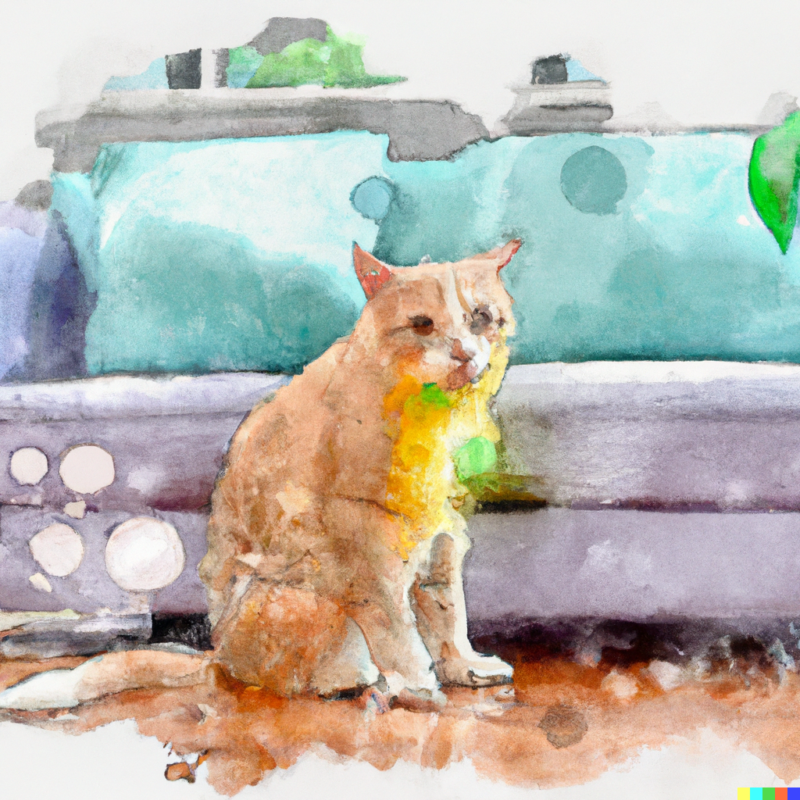
Treatment for biliary cysts depends on the underlying cause, size, and location of the cyst and any symptoms your cat may exhibit. In most cases, a simple abdominal ultrasound exam or other imaging tests can help diagnose the condition. In addition, there are specific treatments for biliary cysts depending on the size and location of the cyst. If the cyst is small and not causing any issues, your veterinarian may recommend simply monitoring it.
However, if the cyst is larger or located in a problematic area, causing symptoms, your veterinarian may recommend abdominal surgery to remove it. In addition, some medications may be prescribed to reduce inflammation and pain associated with the cyst. Your veterinarian will also likely recommend lifestyle changes such as a low-fat diet and regular exercise to help keep your cat healthy.
Biliary cysts are generally benign, and the prognosis is usually excellent. With proper care and monitoring, most cats can live a long and healthy life with biliary cysts.
Living and Management
Living and managing a biliary tract injury can be a complex process. It is essential to ensure that physical examinations and diagnostic testing are done every two to four weeks until expected results are achieved. This will help monitor the healing process and detect potential complications or recurrences. In addition, it is essential to be aware of the potential for complications, such as a ruptured biliary tract and peritonitis, which may prolong recovery time.
Following the vet’s instructions regarding medications, diet, exercise, and lifestyle changes are also important. Cats may need to eat healthy foods, get adequate rest, and avoid activities that could cause further injury are all essential components of living with a biliary tract injury. Regular follow-up visits with your doctor can also help ensure that you are on track with your recovery plan. Living with a biliary tract injury can be manageable and successful with proper care and management.
Frequently Asked Questions
Disclaimer: The information provided on this veterinary website is intended for general educational purposes only and should not be considered as a substitute for professional veterinary advice, diagnosis, or treatment. Always consult a licensed veterinarian for any concerns or questions regarding the health and well-being of your pet. This website does not claim to cover every possible situation or provide exhaustive knowledge on the subjects presented. The owners and contributors of this website are not responsible for any harm or loss that may result from the use or misuse of the information provided herein.

